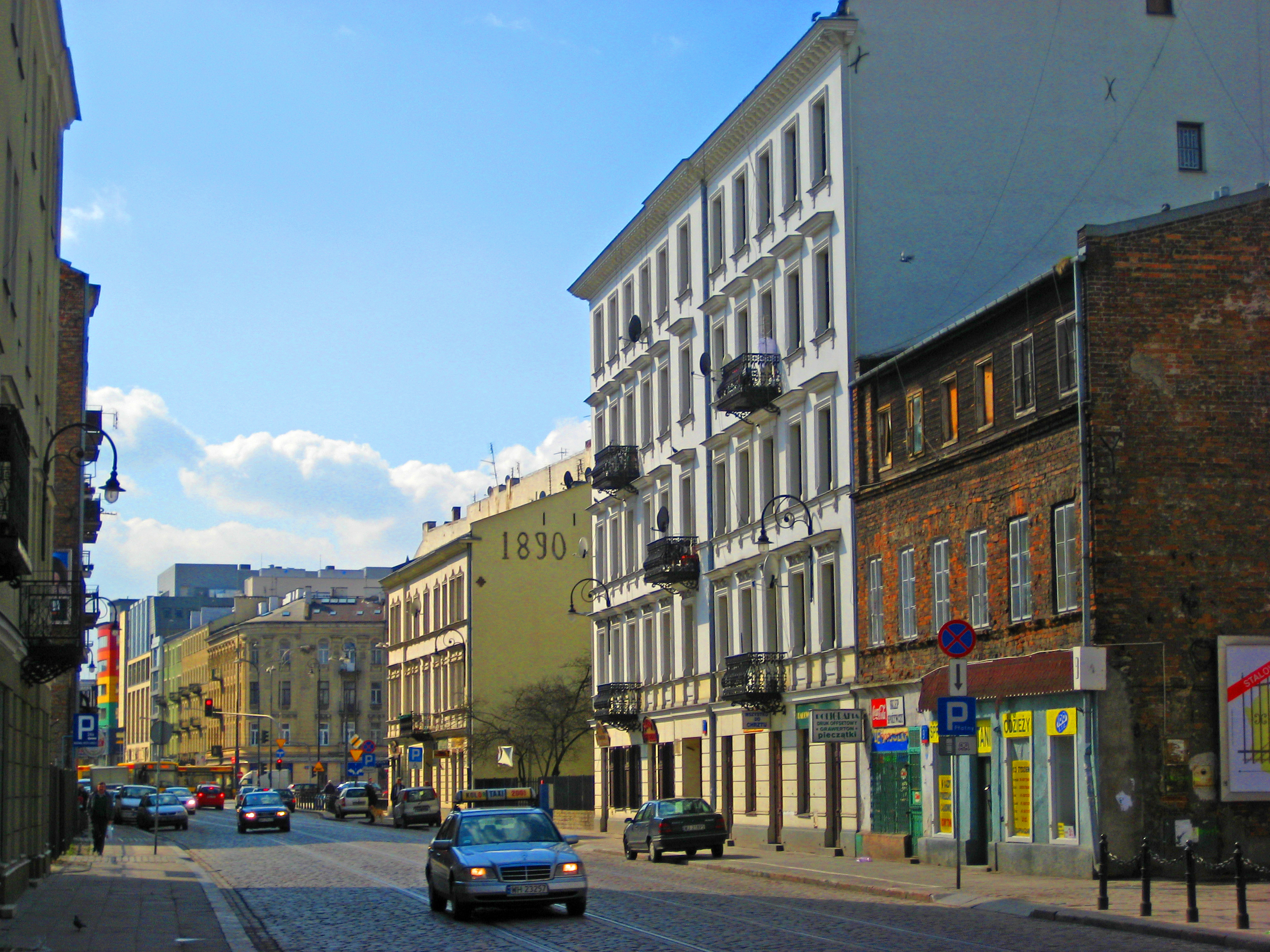Praga-Północ on:
[Wikipedia]
[Google]
[Amazon]
Praga-Północ (from Polish: ''North Prague'') is a district in

 *
*
Praga Północ Travel GuidePraga Północ District
{{DEFAULTSORT:Praga-Polnoc
Warsaw
Warsaw ( pl, Warszawa, ), officially the Capital City of Warsaw,, abbreviation: ''m.st. Warszawa'' is the capital and largest city of Poland. The metropolis stands on the River Vistula in east-central Poland, and its population is officiall ...
located in the central part of the city.
History
Praga
Praga is a district of Warsaw, Poland. It is on the east bank of the river Vistula. First mentioned in 1432, until 1791 it formed a separate town with its own city charter.
History
The historical Praga was a small settlement located at ...
is one of the oldest districts in Warsaw. Through the centuries, Warsaw's right-bank was an independent town. In 1648 it was granted municipal rights by the king Władysław IV Vasa
Władysław IV Vasa; lt, Vladislovas Vaza; sv, Vladislav IV av Polen; rus, Владислав IV Ваза, r=Vladislav IV Vaza; la, Ladislaus IV Vasa or Ladislaus IV of Poland (9 June 1595 – 20 May 1648) was King of Poland, Grand Duke of ...
. It was joined to Warsaw at the end of 18th century. In 1945 it was divided into Praga-North and Praga-South ( Praga-Południe).
Praga North is a district that survived the devastation of war, with three different religions (Catholicism
The Catholic Church, also known as the Roman Catholic Church, is the largest Christian church, with 1.3 billion baptized Catholics worldwide . It is among the world's oldest and largest international institutions, and has played a ...
, Orthodoxy
Orthodoxy (from Greek: ) is adherence to correct or accepted creeds, especially in religion.
Orthodoxy within Christianity refers to acceptance of the doctrines defined by various creeds and ecumenical councils in Antiquity, but different Church ...
and Judaism
Judaism ( he, ''Yahăḏūṯ'') is an Abrahamic, monotheistic, and ethnic religion comprising the collective religious, cultural, and legal tradition and civilization of the Jewish people. It has its roots as an organized religion in th ...
) peacefully co-existing. A major part of the buildings in this area have preserved its historical origins which makes it one of the best-preserved area of old buildings in the capital. In the district there are many streets which remained undamaged in WW II. Pre-war lamp-posts, sidewalks and blocks are notable features of the area.
At present, Praga North has an area of , and 64,904 inhabitants (2018). The district is becoming increasingly popular among artists and tourists.
Tourist attractions
Praga is one of few districts where you can experience the atmosphere of pre-war Warsaw.
 *
* Zoological Garden
A zoo (short for zoological garden; also called an animal park or menagerie) is a facility in which animals are kept within enclosures for public exhibition and often bred for conservation purposes.
The term ''zoological garden'' refers to zool ...
It was opened in 1928, in the northern part of Park Praski. It was destroyed during World War II and then restored and reopened in 1948. At present, the Zoological Garden has more than 5,000 animals representing nearly 500 species. One of the biggest attractions of the zoo are brown bears, whose enclosure is located outside the zoo walls and can be viewed by passers-by.
* Beach on the Vistula
One of the three beaches in Warsaw is situated on the Warsaw's right bank. It is only opened during summer and is several hundreds of meters long. It attracts hundreds of visitors due to its lawn chairs, wicker baskets, volleyball and badminton fields. In the evening concerts and DJs are featured. Right from the beach visitors can admire the view of the Old Town
In a city or town, the old town is its historic or original core. Although the city is usually larger in its present form, many cities have redesignated this part of the city to commemorate its origins after thorough renovations. There are ma ...
. Two other beaches on the Vistula River are located on the Cypel Czerniakowski and Wał Miedzeszyński Street.
*Monument of Praga's Backyard Orchestra
The monument presents a neighbourhood band and plays popular old Warsaw tunes. In the band are a violinist, accordion player, guitarist, banjo player, and a drummer. It was revealed in 2006 and is surrounded by a small square.
*Różycki Bazaar
It was founded in the end of 19th century by Julian Różycki, a wealthy pharmacist. For many years it served as a major trading centre in the area.
*Rothblith House Targowa street
Three houses that were built at the entrance to the Rożycki Bazaar. Two of them are the oldest buildings preserved in Praga District. They were built for a Jewish merchant Berek Rothblith. In the beginning of the 19th century, the houses were used as Jewish houses of prayer. Today, the buildings belong to the Museum of Praga.
*Cathedral of St. Mary Magdalene
Metropolitan Orthodox St. Mary Magdalene Church was opened in 1869. The building is inspired by Byzantine
The Byzantine Empire, also referred to as the Eastern Roman Empire or Byzantium, was the continuation of the Roman Empire primarily in its eastern provinces during Late Antiquity and the Middle Ages, when its capital city was Constantinopl ...
architecture. It is one of the biggest Polish Orthodox Church
The Polish Autocephalous Orthodox Church ( pl, Polski Autokefaliczny Kościół Prawosławny), commonly known as the Polish Orthodox Church, or Orthodox Church of Poland, is one of the autocephalous Eastern Orthodox churches in full communion. T ...
es.
Neighbourhoods within the district
* Old Praga * New Praga * Szmulowizna * PelcowiznaReferences
External links
* * *Praga Północ Travel Guide
{{DEFAULTSORT:Praga-Polnoc